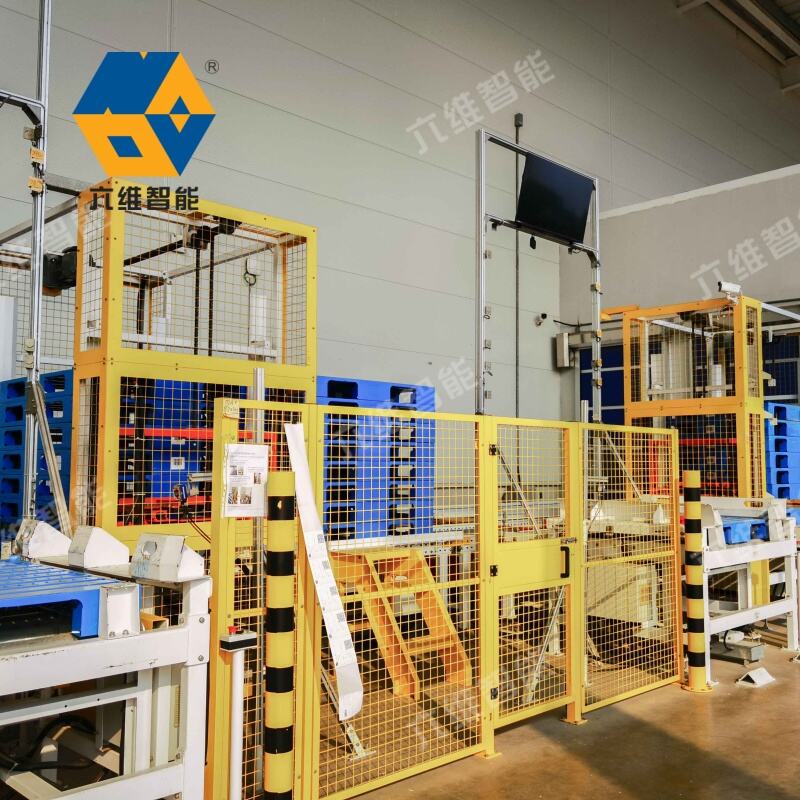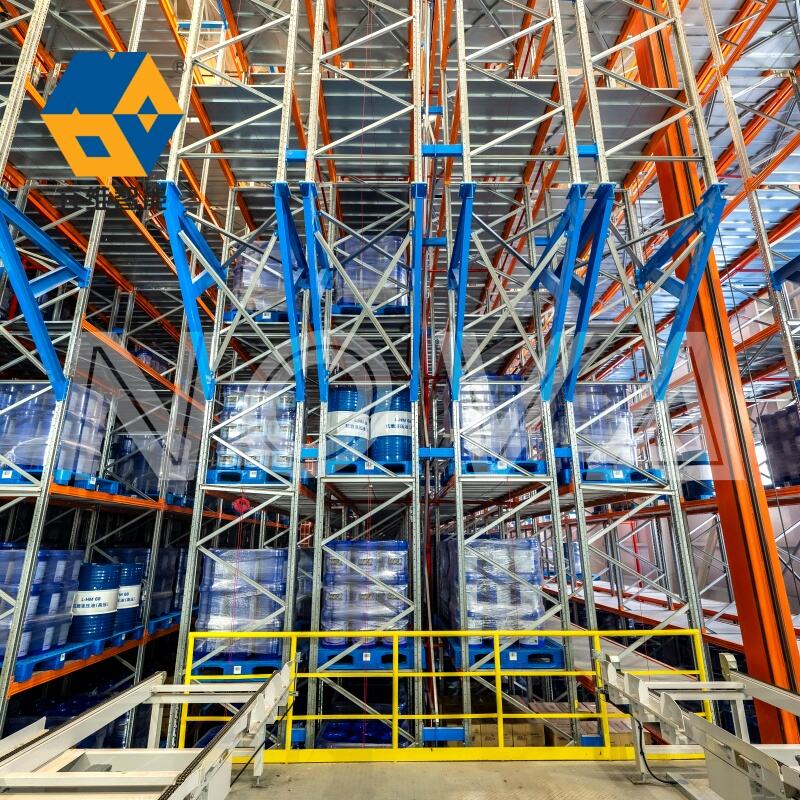miniload
A miniload is an advanced automated storage and retrieval system (AS/RS) designed specifically for handling small to medium-sized containers, totes, or boxes with maximum efficiency. Operating within a high-density storage environment, miniload systems employ sophisticated robotics and computerized control systems to manage inventory with remarkable precision. These systems typically consist of storage racks arranged in aisles, with automated cranes or shuttles that move both horizontally and vertically to retrieve and store items. The technology incorporates advanced sensors and positioning systems to ensure accurate placement and retrieval, while integrated software manages inventory levels, tracks item locations, and optimizes picking sequences. Miniload systems excel in environments where rapid access to small items is essential, such as e-commerce fulfillment centers, pharmaceutical warehouses, and automotive parts distribution centers. They can handle loads typically weighing up to 50kg and operate at speeds of up to 5 meters per second, making them ideal for operations requiring high throughput of smaller items. The system's modular design allows for customization based on specific facility requirements, while its compact footprint maximizes storage density in limited spaces.

